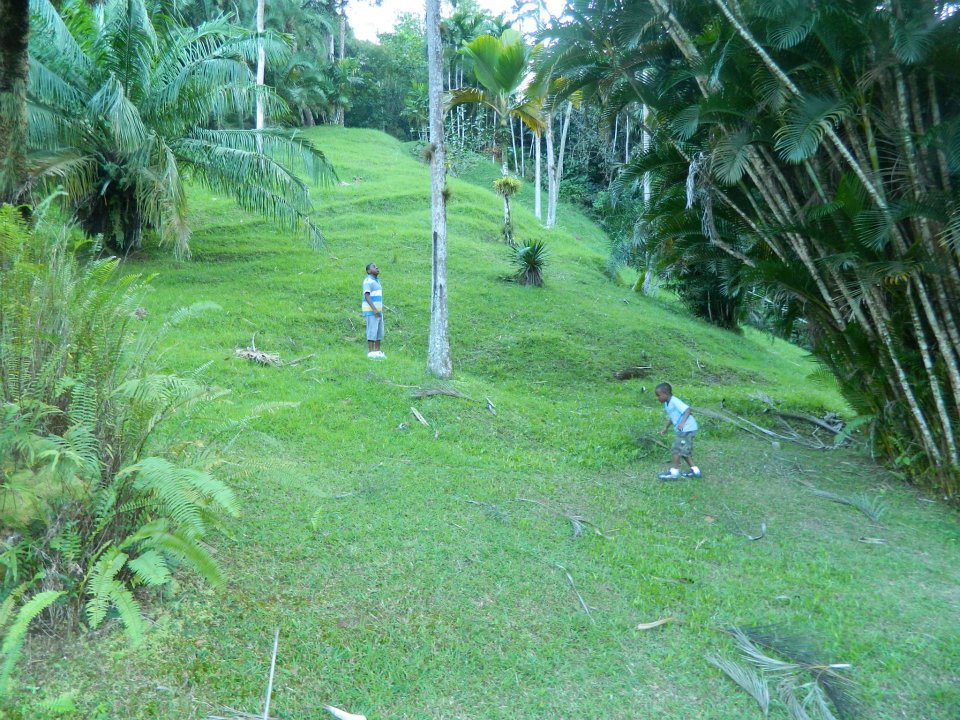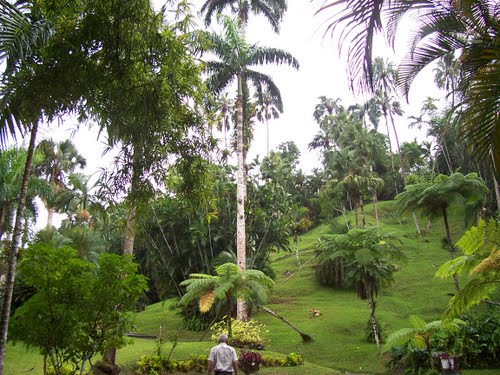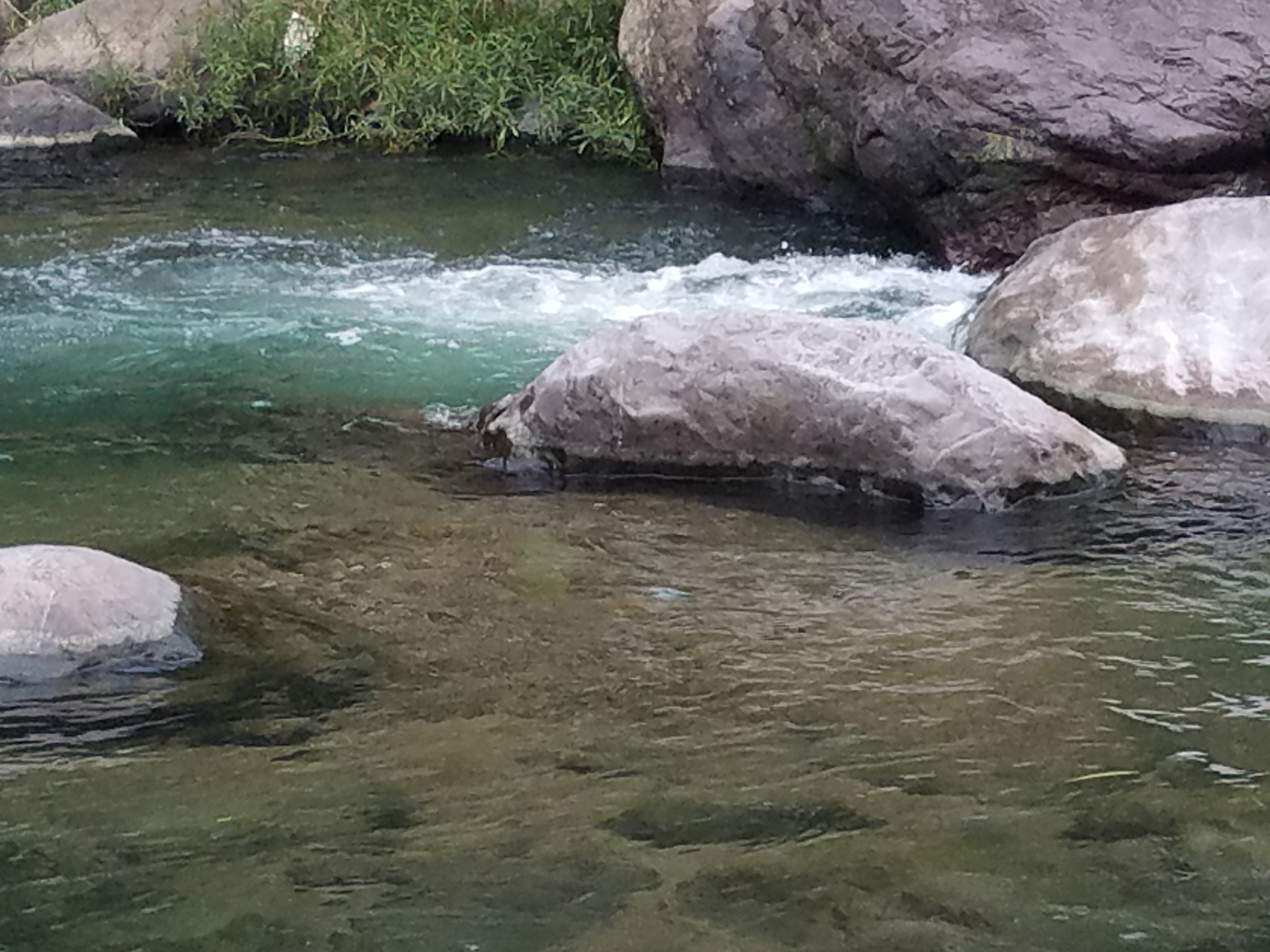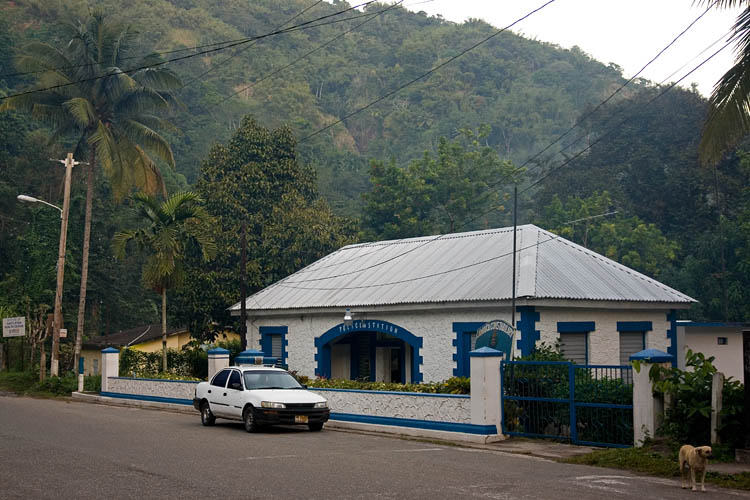Castleton History

The British had their magnificent Kew Gardens, but for Jamaicans, our great botanical garden dedicated to the preservation, research and the dispensation of plants in Jamaica is Castleton Gardens, one of the greatest and oldest gardens in the Western Hemisphere. Ironically, Castleton in St. Mary was not the original site for the planned botanical garden - it's claim to fame was only assured after the original site at Bath, St. Thomas, plagued with flooding and poor soil, proved unsatisfactory. After a large section of the Bath Botanical Gardens was completely destroyed in 1862 (when the Sulphur River flooded the Gardens for the fifth time, a decision was made to establish the Castleton Gardens on 15 acres of land in St. Mary. Castleton Gardens are set deep in a mountain valley, and the property is complemented by the Wag Water River which flow through the gardens. Needless to say, Castleton soon became the most richly stocked gardens in the Caribbean and one of the truly spectacular gardens of the Western Hemisphere. Plants were transferred from Bath to Castleton, and the Spathodea and the Poinciana were first introduced to Jamaica via Castleton. The Bombay mango was introduced to Castleton in 1868 and the Navel orange in 1870. By 1897 there were nearly two hundred species of palm in the garden. Trees at Castleton include the Mouse-palm from Brazil, the Asian Beetle-nut tree, the Royal Palm of Cuba, the Camphor tree from China, the Liberian coffee, the African Tulip tree, the Immortelle from India and others from places as far away as Indonesia, Australia and Sikkim.


